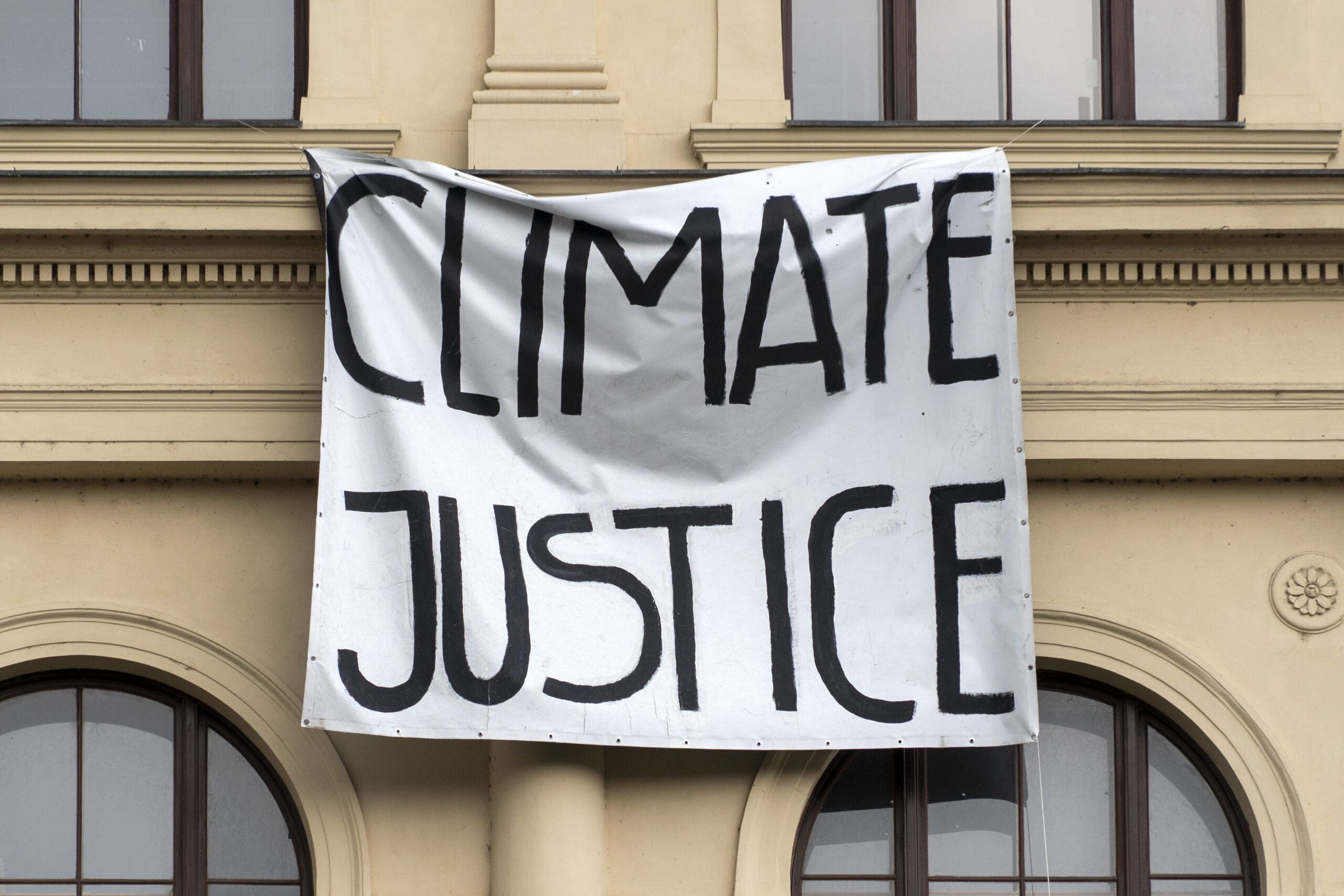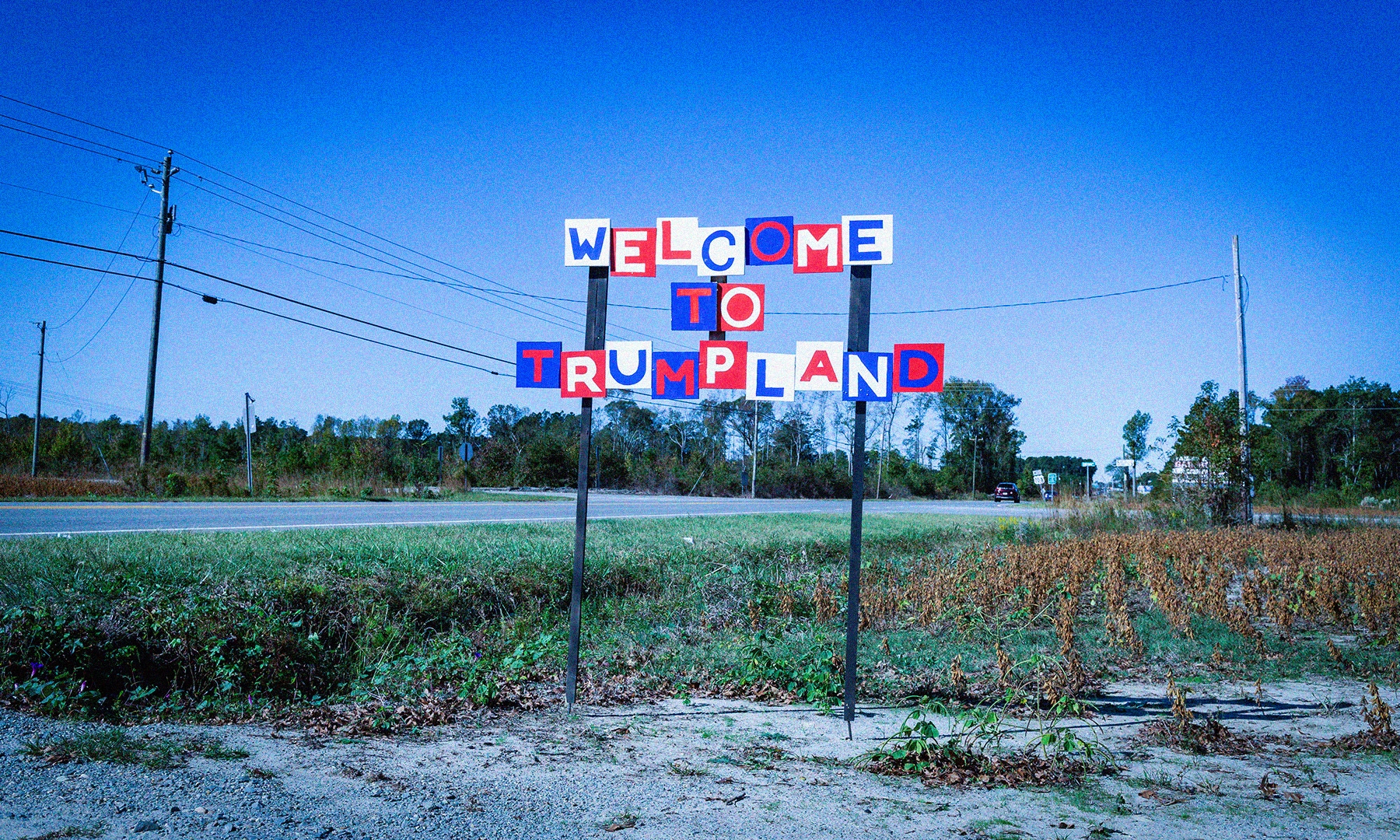News & Research
Read our latest research, policy analysis and commentary
Our publications are available to all at no cost. Please support the CCPA and help make important research and ideas available to everyone. Make a donation today.

The power of pensions
Retirement security is the dream of every Canadian, but employers, particularly those in the private sector, are moving away from providing the gold standard of…

Working for a Living Wage
The 2024 living wage for Metro Vancouver is $27.05 per hour. This is the hourly rate that each of two parents working full-time must earn…

Much more than books
The Toronto Public Library is a vital institution that is deeply integrated into the cultural, social, and intellectual life of Torontonians. It not only provides access to knowledge but also plays a crucial role in supporting the community through programs that enrich lives, improve digital literacy, and help residents navigate the complexities of modern life.

Canada Disability Benefit
The Canadian Centre for Policy Alternatives is a charitable research institute and Canada’s leading source of progressive policy ideas, whose work is rooted in the…

Capital gains tax increase is a step towards a fairer tax system in Canada
Our content is fiercely open source and we never paywall our website. The support of our community makes this possible.

“It’s like we’re not even allowed to be Palestinian”
“My Mom brought me a keffiyeh for school for cultural day…this guy took it out of my backpack and put it on his head and…

2024 Living Wages for Newfoundland and Labrador, Nova Scotia and Prince Edward Island
As part of the Canadian Centre for Policy Alternatives’ (CCPA) continuing work to support living wages, its Nova Scotia office has released its annual living wage update…

Political pragmatism vs. poverty reduction
Previously published in the Winnipeg Free Press April 22, 2024

Canada’s climate actions must be greatly strengthened to reach net-zero emissions, new report
VANCOUVER—Canada faces daunting—but not insurmountable—challenges to meet its net-zero commitments, but government policies and incentives must match the severity of the issue in order to…

Trapped in the wage gap
Even with the June 1 minimum wage increase, one in three BC employees will earn less than their community’s living wage—over 740,000 people.Far too many…

Canadian immigration policy is an impenetrable maze—and I’m trapped in it
On October 10, I received a short text message from Iran: “Uncle Reza passed away. I hope his memory lives on forever.” I didn’t know…

What the U.S. election can teach us about durable climate policy
The following is a re-print of the October 2024 edition of Shift Storm, the CCPA’s monthly newsletter which focuses on the intersection of work and…

COP29 was a missed opportunity in escalating climate crisis
The COP29 Climate Summit in Baku, Azerbaijan, wrapped up last weekend. COP or Conference of the Parties, brings together countries which have ratified the 1992…

Trump’s tariff threat is about borders, not trade
Late Monday night, U.S. President-elect Donald Trump used his Truth Social platform to announce he would impose across-the-board 25 per cent tariffs on Canada and Mexico on…

How important are pensions to my community’s economy?
Our content is fiercely open source and we never paywall our website. The support of our community makes this possible.

Quelle est l’importance des pensions pour l’économie de ma communauté ?
Our content is fiercely open source and we never paywall our website. The support of our community makes this possible.

Le pouvoir des pensions
La sécurité de la retraite est le rêve de tous les Canadiens, mais les employeurs, en particulier ceux du secteur privé, offrent de moins en…

Pension income worth billions to government revenues and the economy: study
OTTAWA—Workplace pensions—especially Defined Benefits plans—are considered the gold standard for workers’ retirement security, but a new study from the Canadian Centre for Policy Alternatives (CCPA)…

Les revenus de pension représentent des milliards de dollars pour les recettes de l’État et l’économie : une étude
OTTAWA— Pendant que les travailleurs de Postes Canada font la grève pour protéger leur fonds de pension, une nouvelle étude du Centre canadien de politiques…

Canada is not ready for a collapse of the oil sands
Our content is fiercely open source and we never paywall our website. The support of our community makes this possible.

Heads in the sands
This report explores the potential social and economic consequences of a large-scale decline in oil sands production due to collapsing demand for Canadian oil exports.…
Updates from the CCPA
Read the latest research, analysis and commentary on issues that matter to you.
CCPA Updates